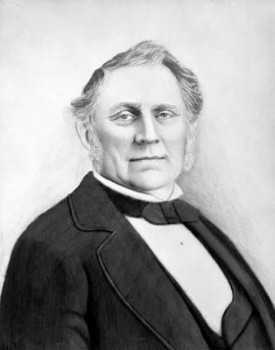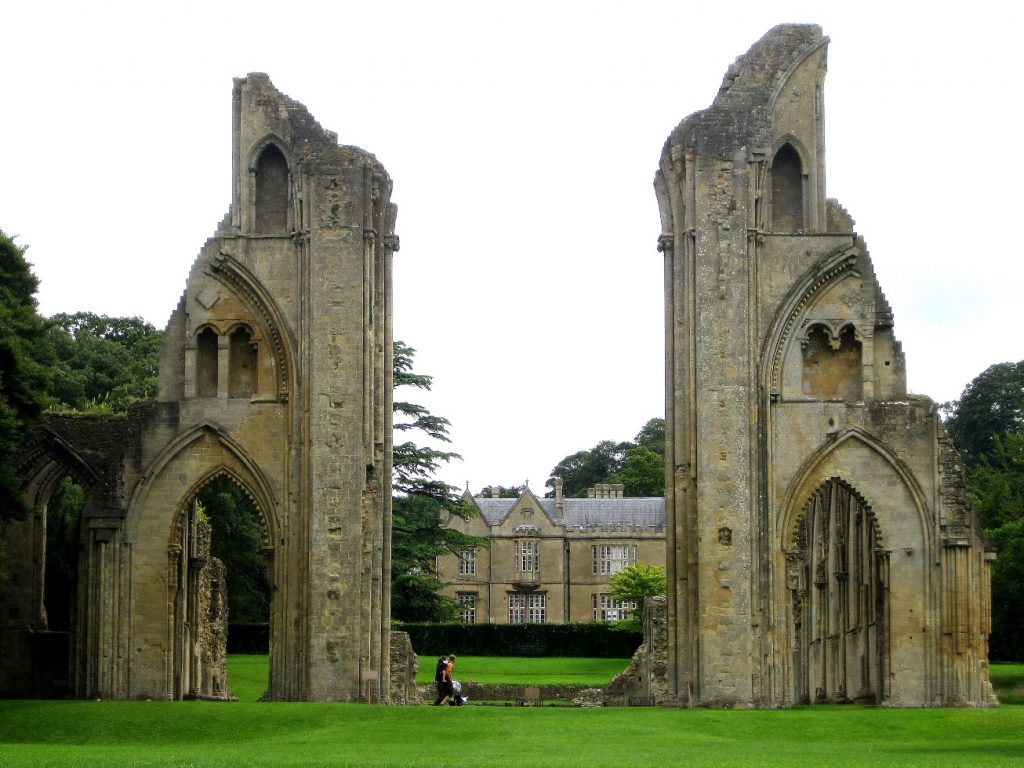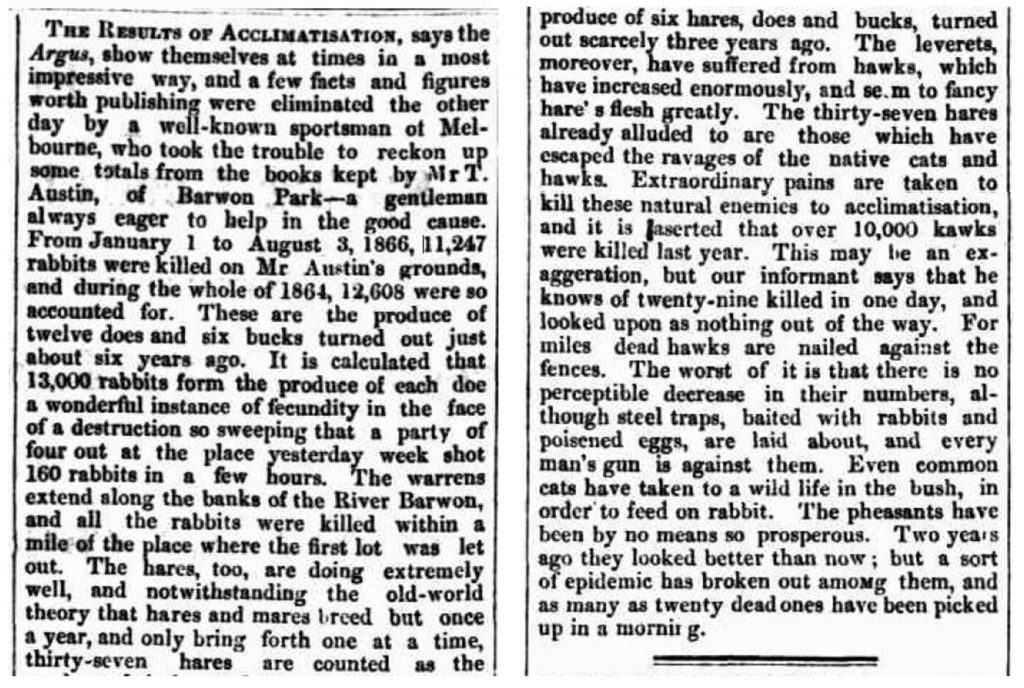What do saltmarsh near Geelong, Glastonbury Abbey and wild rabbits have in common? The fascinating story of James and Thomas Austin
It has been bubbling away quietly in the background for the past 12 months, but NGT are now in the final stages of an eco-hydrological assessment to evaluate restoration options for an area of important saltmarsh habitat that has been declining in condition over several decades, situated within The Spit Wildlife Reserve (near Avalon/Geelong). The project is supported by the Port Phillip and Westernport CMA, through the Australian Government’s National Landcare Program.
The draft report for the project will soon be circulated to the many people who have generously shared their knowledge of this fascinating site (including at a workshop held earlier in the year), so we can seek their feedback before it is finalised. For those who may not be familiar with this area, it is situated adjacent to the Western Treatment Plant near Avalon airport, and is part of the Port Phillip Bay (Western Shoreline) & Bellarine Peninsula Ramsar Site – a wetland of international importance.
As this work is still underway, we’ll share more about the eco-hydrology of the site in a future update. But for today, we’re going to take a quick peek at a very interesting side-story that emerged out of our research into the history of the area. Our story starts with this old map…

These early maps are fantastic for uncovering the natural features that the first surveyors encountered, including soil and vegetation notations, the location of lakes, wetlands and waterways, and the position of the coastline – all manner of natural features that may have changed or been modified in the 165 years since this was drawn. We can also gain some further insights by seeing who purchased this land, what their background was and how it was used.
Some of the areas of specific interest to us in this instance are included in land purchased from the Crown in December 1854 by James Austin and Henry Phillips. I’ve discovered that they bought and sold a lot of land for sheep grazing in the early days across various parts of the Victorian colony. As an astute businessman, it seems James had a knack of purchasing land that he could later (sometimes very soon after) sell for a tidy profit in the booming colony, and accumulated a large rural estate as well as urban real estate and businesses in Geelong, where he became the town’s second elected Mayor in 1851.

James was born in 1810 in Somerset and emigrated to Van Diemen’s Land (Tasmania) with other family members as a young man in 1830/31. In around 1837, after their parents had returned to England, James and his brother Thomas made the decision to leave for the newly established colony in the Port Phillip District of NSW (later to become Victoria). This is when the brothers settled with their sheep near Geelong and their business interests boomed.
However, unlike many early European migrants to Australia of that era who never returned again to their place of birth, James decided to return to England in March 1854, having just entered into the aforementioned farming business partnership with Henry Phillips. Henry was tasked with managing the enterprise in his absence. This seems to have included buying the land shown in the map above later that year, which was contiguous with other land James already held and hence became part of what became known as the Avalon Estate. After the partnership was terminated a few years later, this property remained in the Austin family for many years (the Avalon Homestead – below – was ultimately donated to the Brotherhood of St Lawrence in 1961).

But this is where the story takes an interesting turn!
After a bit of back and forth between the old and new country over several years, James Austin decided to return permanently to England around 1860/61, where some of the vast financial resources he had accumulated in Australia were used to purchase Glastonbury Abbey – both the Abbey House and Monastery ruins – soon after. With 1000 years of documented history and being the site King Arthur’s tomb, this place is a key piece of English heritage and from all accounts the Austins understood the importance of that custodianship.

Interestingly, the only reason that this estate was even available for purchase could be traced back to one of England’s most controversial Kings and his actions over 300 years earlier – the one and only King Henry VIII. For a quick history lesson, Henry was unhappy at not being permitted by the Pope to divorce his first wife (Catherine of Aragon), so in 1534 he broke ties with Rome and established the Church of England, with himself as its supreme head. But his disdain for the established church didn’t end there. Known as the Dissolution of the Monasteries, over a 5 year period from 1536 to 1541, all of Britain’s 800 monasteries, nunneries and friaries were confiscated and sold off to the highest private bidder to fill the Crown’s coffers. This explains why so much of Britain’s built religious heritage ended up in fragmented ownership.
Ironically, things eventually went full circle. After one final visit to Geelong in around 1890, James Austin died at Glastonbury in 1896, and his youngest son Stanley remained the owner and caretaker of the property until around 1907, when he negotiated the sale of the property to – you guessed it – the Church of England! Today this is a significant heritage site that is being preserved and is open to the public.
Perhaps most ironically of all, while James Austin had returned to England and was preserving its built heritage, his brother Thomas had stayed in Australia and made a series of fateful decisions that would reverberate across the whole continent and dramatically impact on the natural heritage of his newly adopted home.

From his Estate in Victoria near Winchelsea, Barwon Park (where his 1871 mansion is now a National Trust property), Thomas went to great lengths to source and successfully establish the first wild population of European rabbits on the mainland in 1859, as well as blackbirds and hares. (To better understand the thinking at that time, see the objectives of the Acclimatisation Society of Victoria.)
To get a sense of what the early results were like at the time, have a read of this almost unbelievable article (see below) from the Border Watch on the 6th October, 1866. This was still early enough after the experiment had begun that people simply did not yet realise the mistake that had been made – in fact they celebrated the early results. Needless to say, this excitement did not last long…

As readers will be aware, the rest is history, as rabbits (also likely facilitated by other deliberate releases) went on to dramatically impact the ecology of much of our continent, and the effects are still being felt today.
It is also worth remembering that the rabbit story relayed above was unfolding at a time when the mainland in this area was a very different place to today – still supporting a suite of small mammals that we now think of as being more typical of Tasmania. If you missed it, this previous story from a nearby area of western Victoria also paints the alternative and changing picture of the district from the 1880s, just after the rabbit had taken hold.
To close, isn’t it fascinating how the individual decisions of these two brothers, worlds apart, around the same time 160 years ago, and in such contrasting ways, literally changed the course of history? Quite a story to emerge from a glance at a name on an old map!
Further reading: if you are interested to pick up a bit more of the Austin family story from one of James Austin’s descendants, then please have a look at this interesting article based on a talk presented by Owen Mace to the Glastonbury Conservation Society in October 2014.
